Vectors - Triangle Law of Addition
Description:
Triangle Law of Addition (Two vectors)
Draw the vectors in pictorial form.

Choose any of the two vectors as the first and place the second vector’s tail on the head of the first.

Draw a third vector joining the tail of the first to the head of the second. This vector is called the “resultant” which represents the sum of the two vectors. The red and blue line below represent the resultant in each case.
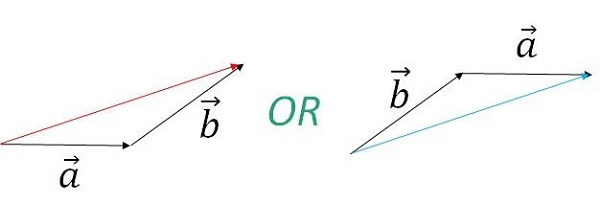
It can be noted that the vector sum obtained by taking either vector is exactly the same (Red and Blue vectors are identical in both magnitude and direction)

Triangle Law of Vector Addition (Multiple Vectors)
Draw all the vectors in pictorial form. (Three considered here)

Choose any two of them and add them according to the triangle law. (a→ and b→ chosen here)
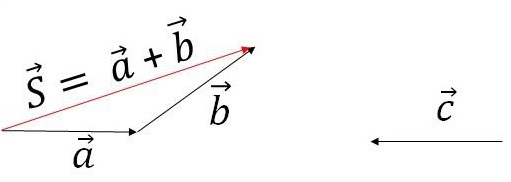
Now add the resultant of the sum to the next vector (third vector in this case).
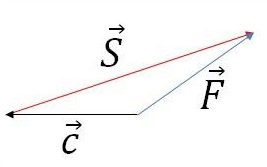
The resultant obtained at the end, the F→, is the vector sum of the three vectors considered.
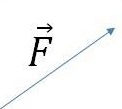
In case of more than three vectors, Point 2 and Point 3 could be repeated till the final resultant is obtained.
Triangle Law of Vector addition (Multiple Vectors) – Direct Method
Consider the same set of three vectors taken in the last case.

Choose any one of them as the first vector. Now place the second vector’s tail on the head of the first. Also, place the third vector’s tail on the head of second simultaneously.
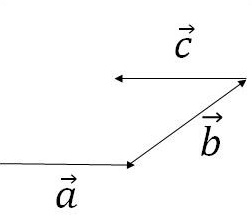
If there are more vectors to be added, they can be stacked up in the way.
Now draw the resultant vector, F→, from the tail of the first to the head of the last vector. (last vector is the third one in this case)
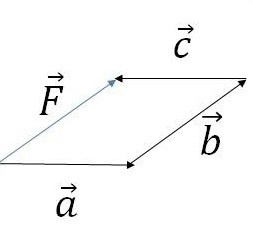
Polygon Law (Extended version of Triangle Law)
Consider four vectors x→, y→, z→, w→

Place them in “tail to head” fashion, which is, the tail of a vector should be placed on the head of the previous vector.
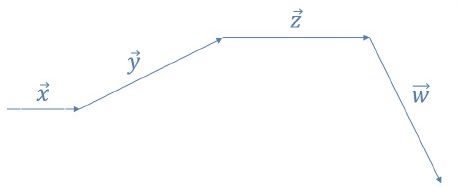
Complete the polygon by joining the tail of the first vector to the head of the last vector.
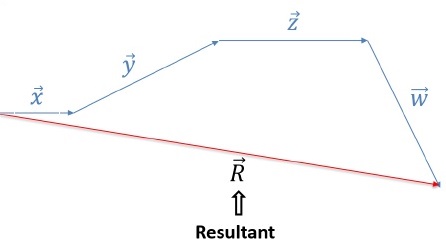
The vector obtained is the Resultant. Tail of the resultant coincides with the tail whereas, the head of the resultant coincides with the head of the last vector.

